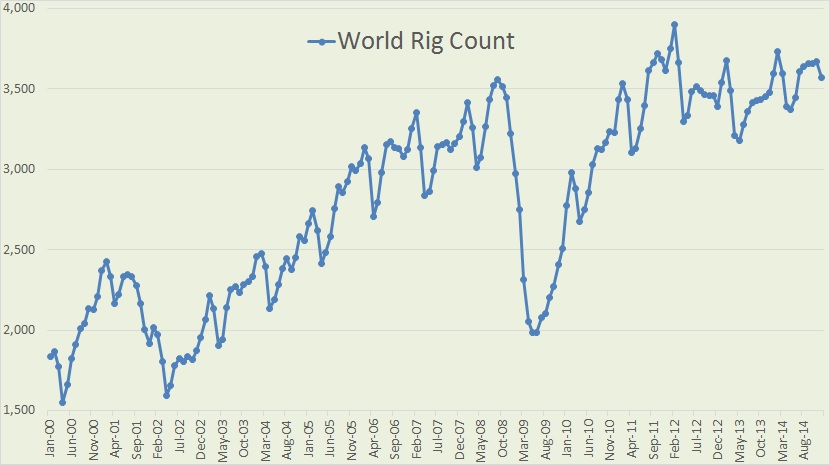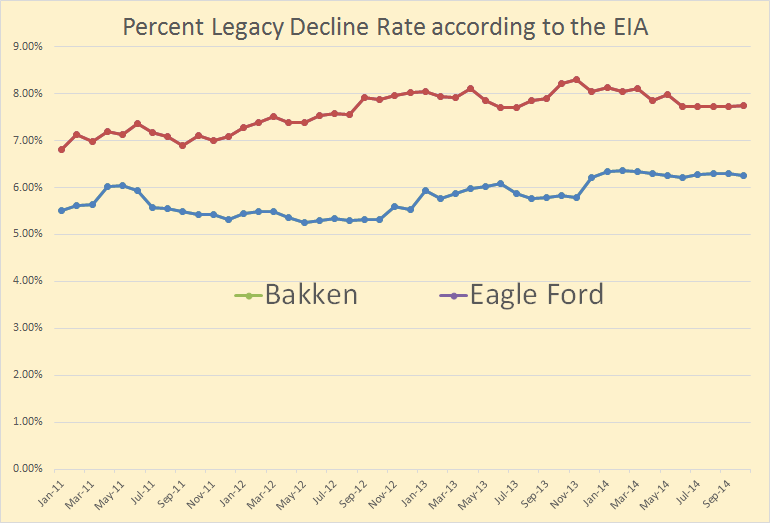So says Howard Gruenspecht, deputy administrator of the EIA, in a letter to Nature, the respected science journal. Gruenspecht was responding torecent coverage of an alleged EIA forecast which paints a rosy picture of U.S. domestic oil and natural gas production through 2040, a view challenged by the article in question.
Here is the bureaucratese from the letter: “Contrary to the presentation in the Nature article, EIA does not characterize any of its long run projection scenarios as a forecast.” Long run projection scenarios….huh. What could those actually be if not forecasts? And, why is the deputy administrator making such a big deal of this? We’ll come back to the second question later.
There has been little notice concerning the flap over coverage of the EIA’s recent nonforecast and the divergence of that set of “projections” from another much more pessimistic forecast issued by the Bureau of Economic Geology at the University of Texas at Austin. To cut to the chase, Naturestands by its story; and, I see no reason why it shouldn’t.
Perhaps the most important piece of information to come out of this kerfuffle is the insistence by the EIA that it doesn’t issue forecasts. Imagine my surprise! I have been perusing the EIA’s statistics on an almost weekly basis for years, and I have occasionally offered critiques of what I was sure were forecasts–lengthy complicated documents with color graphics and tables and elaborate justifications for energy production numbers far into the future. What’s more, everyone else called these documents forecasts, too.
…click on the above link to read the rest of the article…







